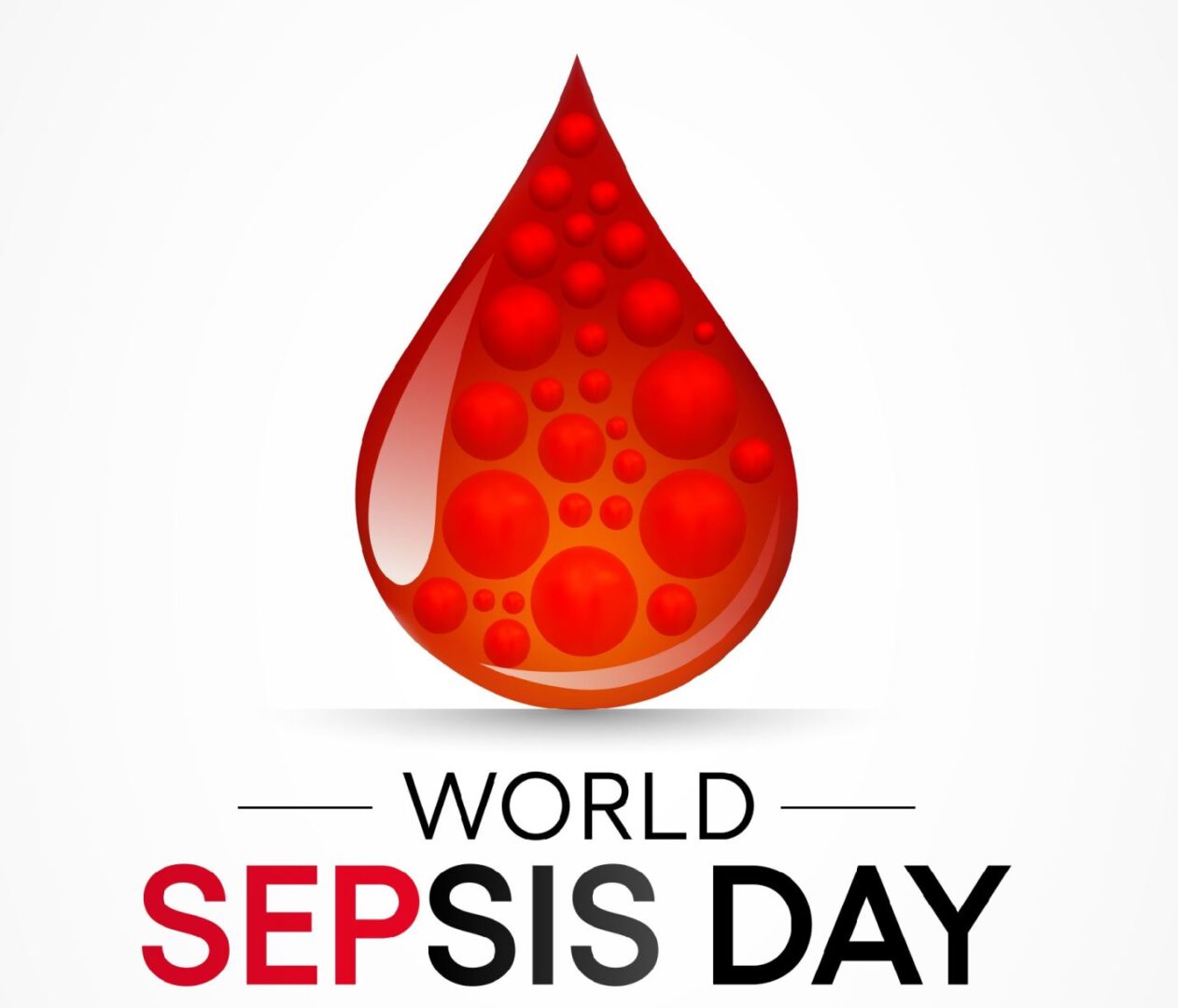Search by Color or Cause


Established by the Global Sepsis Alliance in 2012, World Sepsis Day (WSD) is held on September 13 every year. Sepsis is a life-threatening medical condition that occurs when the body’s response to infection results in damage to its own tissues and organs. For example, if not diagnosed and managed early, it can develop into multiple organ failure, septic shock and even death. In addition, vulnerable individuals (i.e., immunosuppressed persons, the elderly, children younger than one and pregnant women) are more susceptible to sepsis. This is because of complications with non-communicable disease, severe injury or infection.
Sepsis is a prevalent serious medical condition. However, sepsis remains one of the least recognized and understood medical condition in both the developed and developing world.
Personalized Cause recognizes the colors black and red to represent World Sepsis Day. For this reason, wear a black and red fabric ribbon or black and red enamel awareness pin to bring attention to World Sepsis Day. We offer both personalized and non-personalized awareness pins in enamel.
Sepsis is caused by bacterial, fungal or viral infection. For example, viral infections and common infections such as pneumonia, urinary infections, skin or wound infections, seasonal flu or Covid may result in sepsis.
Sepsis can present with several symptoms:
Sepsis is frequently under-diagnosed in the early stages (when it is still potentially reversible) due to the symptoms it shares with other illnesses. Further, sepsis is the most preventable cause of death worldwide. For example, in a report published by the World Health Organization, between 47-50 million patients suffer sepsis annually. As a result, 11 million deaths per year account for approximately 20% of deaths worldwide. It’s reported that every 2.8 seconds someone dies of sepsis. The financial effect sepsis has on the healthcare system is substantial.
The best way to prevent sepsis is to prevent infection in the first place, which can be done by:
Early treatment of infection and early recognition of sepsis saves lives.
The easiest way to prevent sepsis is by avoiding infection in the first place. This can be achieved through provision of vaccinations, awareness, education and promoting effective sanitation and hygiene practices such as:
Many types of microorganisms can cause Sepsis, including bacteria, fungi, viruses and parasites. Sepsis arising from bacterial infections resulting from Escherichia coli and Group B streptococcus have emerged as a major contributor in the global threat of antimicrobial resistance (AMR). This is due to the broad scale antibiotics utilized for treatment.
Recent analysis published in the Lancet and based on medical records from 195 nations, shows that globally there are 49 million cases per year of sepsis and 11 million people a year are dying from sepsis. This is more than are killed by cancer! It is now estimated that sepsis deaths account for one in five of all deaths around the world.